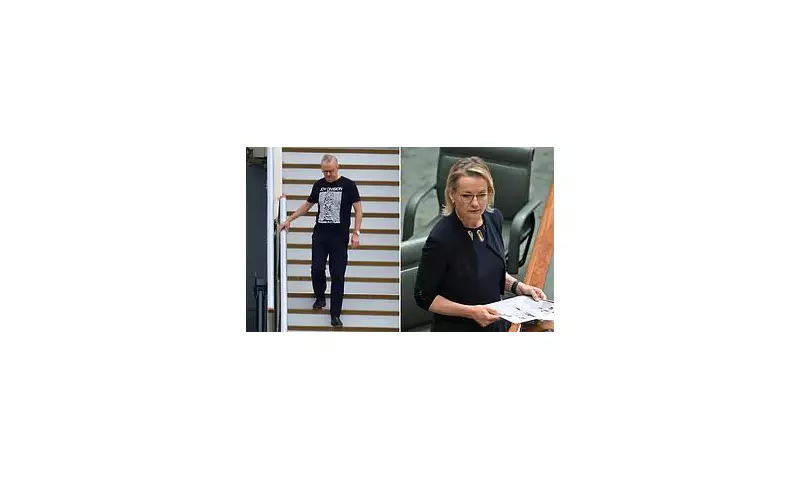
Australian Prime Minister Anthony Albanese has found himself at the centre of an unexpected political storm after his choice of casual attire sparked fury from political opponents and public alike.
The Controversial Fashion Statement
During a recent public appearance, the PM opted for a casual look featuring a t-shirt from iconic post-punk band Joy Division. While seemingly innocent, the fashion choice has ignited a firestorm of criticism from Deputy Prime Minister Sussan Ley and other political figures.
Ley didn't hold back in her assessment, labelling the Prime Minister's outfit as "completely tone-deaf" and questioning his priorities while Australian families grapple with severe cost-of-living pressures.
Political Backlash Intensifies
"While Australians are choosing between heating and eating, their Prime Minister is making fashion statements," Ley declared in a scathing attack. "This isn't just about a t-shirt - it's about being in touch with the struggles ordinary people face every day."
The criticism comes at a sensitive time for the Albanese government, which has been facing increasing pressure over its handling of the economic crisis. Opposition figures have been quick to seize on the incident as evidence of a government they claim is out of touch with mainstream Australia.
Public Reaction Divided
Public response to the controversy has been mixed, with social media platforms becoming battlegrounds for opposing views:
- Some defend the PM's right to personal expression
- Others argue it shows poor judgment during economic hardship
- Many question whether fashion choices should dominate political discourse
- Some see it as a distraction from more pressing policy issues
Broader Implications
Political analysts suggest the incident highlights how seemingly minor personal choices can become significant political liabilities. The controversy raises questions about:
- The perception of political leaders during economic crises
- The balance between personal expression and public expectation
- The role of symbolism in modern political discourse
- How opposition parties leverage such incidents
As the debate continues, the Albanese government faces the challenge of refocusing public attention on its policy agenda while managing the fallout from what many would consider an ordinary wardrobe choice in different circumstances.





